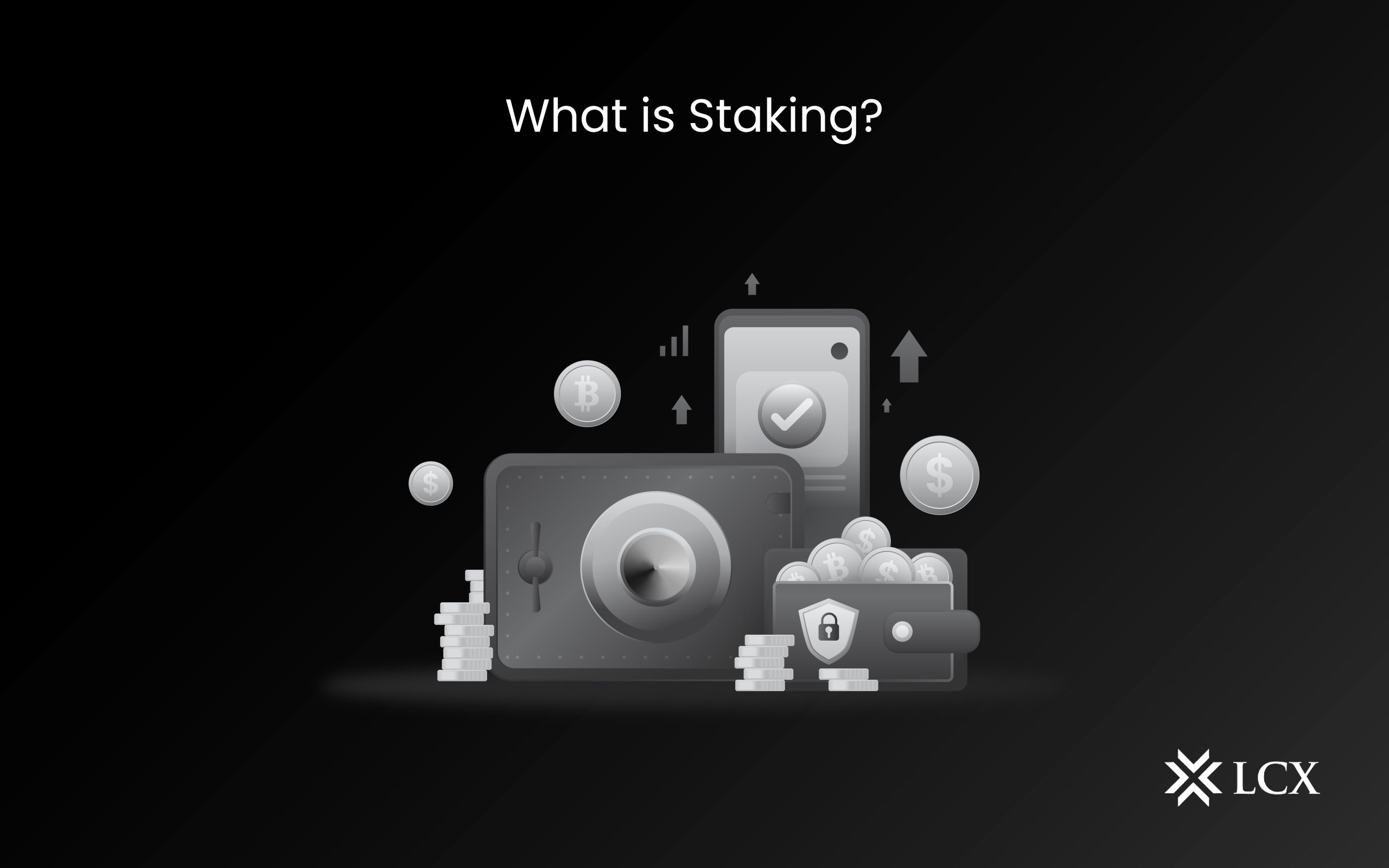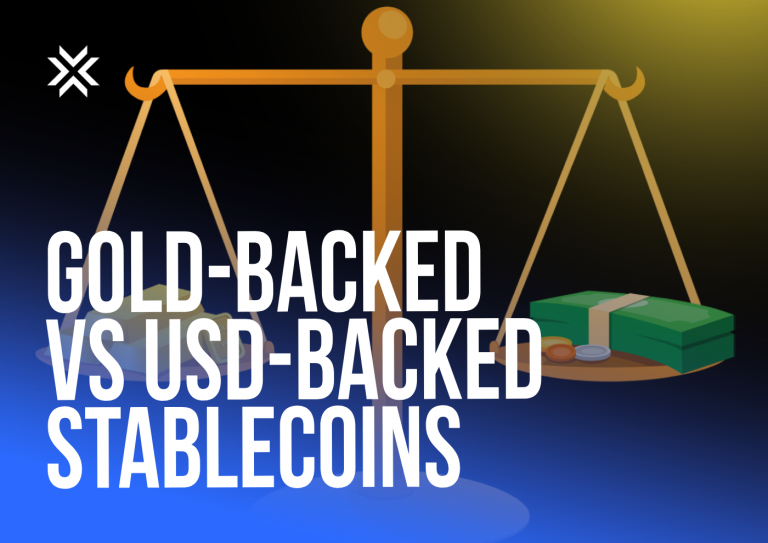Crypto is a unique industry. Where it seems complicated to some people, others find it easy to trade in these digital assets. Similarly, staking can be a complicated or easy process, depending upon your level of understanding. Staking allows traders to earn some passive income from their stored digital assets without selling them. It has become quite a popular way of earning some profits without trading the actual coins.
How Does It Work?
This system is based on the PoS consensus mechanism. This method is used by a lot of blockchains to verify new blocks that are entering the system and select the right participants.
If you choose to stake your assets, your coins become part of this system.
You can stake the desired number of your assets and earn rewards for them over time. This process takes place through a “staking pool”, which is quite similar to an interest-bearing savings account.
Also, it is not necessary for only an individual to stake their coins, several people can also stake their assets together. When a staking pool is run by the validators, funds are raised from a group of people using delegation. This lowers the entry barrier and allows more traders to participate. Stake pool operators are responsible for all the heavy lifting regarding the validation of transactions on the blockchain.
Validators are also monitored and are subjected to due penalization if minor breaches are found, such as going offline for long periods of time. They can be suspended for a long time from the consensus system, or their funds can also be removed permanently. Every blockchain has its own set of rules for the validators.
Cryptocurrencies That Allow Staking Are
- Ethereum (ETH)
- Solana (SOL)
- Cardano (ADA)
- Polkadot (DOT)
- Avalanche (AVAX)
How To Begin With Staking:
- Firstly, you need to own some digital assets that you wish to stake. If you have the assets, you need to transfer them to an account that allows staking.
- You can also research some platforms that come with high interest rates for your assets.
- Also remember that you are still the owner of the assets that you have staked. Thus, you can withdraw them from the pool if you want. This generally requires a certain waiting period depending on different blockchains.
- You can also become a validator and run your own staking pool. Though this will require a deep understanding of how staking works, how Proof of Stake works, and how to invest.
Associated Risks:
- Some coins come with a minimum lock-up period. Traders are not allowed to withdraw their assets during this period.
- Crypto is a volatile industry. Your rewards can sometimes outweigh your sudden or drastic price changes.
- There is a specific waiting period depending on the blockchain you are using if you wish to withdraw your assets.
- If your validator does not do a good job and gets penalized, you will also suffer as your rewards will be affected.
- Although it happens rarely, staking pools can sometimes be hacked and you may lose all your funds.
Conclusion
Each trader investing in cryptocurrency or any other financial asset is out to earn profits. These profits can be small or huge, and the process of earning these profits can be complicated or easy. Staking is considered to be a relatively easy process where you can earn profits without selling your assets. But, the traders have to decide for themselves if this is their way of investment.









